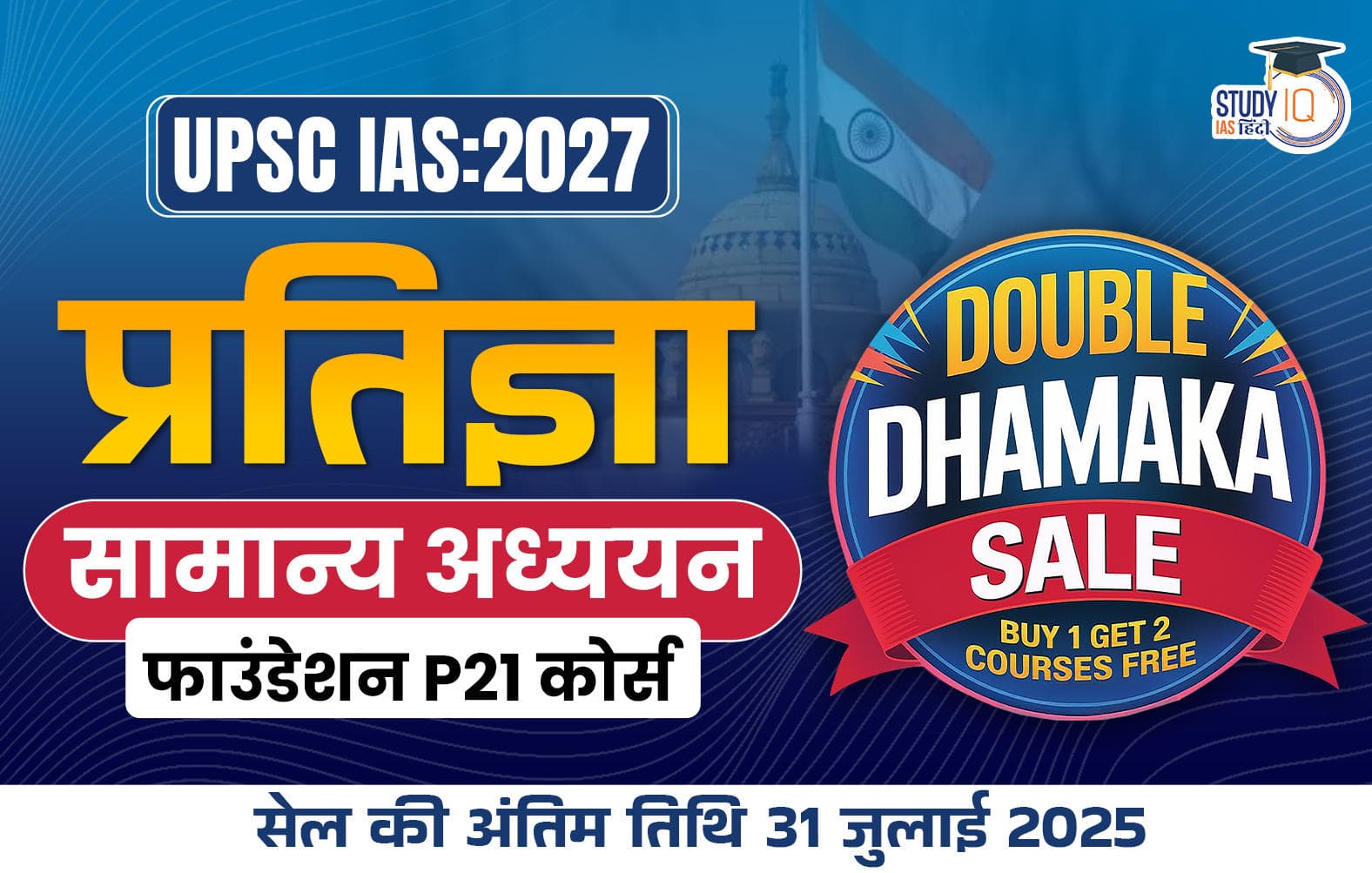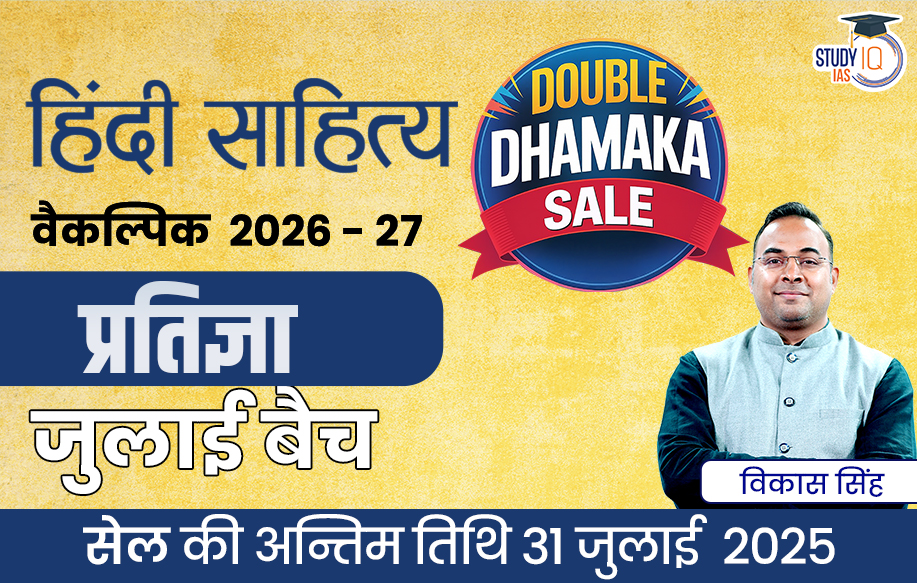Table of Contents
Right to Education
Education is the lifeline of any nation, and without it, those nations cannot live. As a result, education is the foundation of the nation. Education is important for a democracy’s growth and functioning. It empowers people, making them more capable and engaged, which in turn helps the nation progress.
Considered a key foundation of society, education supports political stability, social progress, and economic success. It’s seen as a basic need, alongside clothing, shelter, and food. Education is essential for achieving social justice and equality.
Article 21A of Indian Constitution
The Constitution (Eighty-Sixth) Amendment Act, 2002 added Article 21A to the Indian Constitution, making education a Fundamental Right. Before this, the right to education was part of Article 21, which guarantees the right to life and personal liberty. The new article specifically focuses on education.
- In the case of Avinash Mehrotra vs. Union of India (2009), the court noted that Article 21A ensures every child can receive education without fear for their safety.
- The 86th Amendment guarantees free and compulsory education for children aged 6 to 14 years. This led to the Right of Children to Free and Compulsory Education Act, 2009.
The Supreme Court emphasized that the right to education includes the state’s responsibility to provide educational facilities based on its economic capacity. This right is especially important for poor and disadvantaged groups, reserving 25% of seats in private schools for them, including Scheduled Castes, Scheduled Tribes, and differently-abled students. It also ensures quality education by setting requirements for teacher-student ratios and infrastructure. Importantly, the right to education prohibits discrimination based on gender, caste, religion, or financial status, providing reservations based on fair classifications mentioned in the Constitution.
Read about: Right to Property
Right to Education Background
The majority of the population was illiterate and extremely poor when India earned independence from the British in 1947, and this situation had to be taken into consideration when drafting the Constitution of India,.
- The Sergeant Commission 1944, which was the last British education commission, predicted that universal education would be available in 40 years, or by 1985. It realised for the system with pre-primary education for children between 3 to 6 years of age; universal, compulsory and free primary basic education for all children of ages 6—11 (junior basic) and 11—14 (senior basic) as stated under Wardha Scheme; the Senior Basic or the Middle School to be the final stage in the school career of majority of the students.
- Originally enacted, Article 45 of the Constitution, a Directive Principle of State Policy, required the State to use every reasonable means to ensure that every child received free and mandatory education until the age of fourteen, within ten years of the Constitution’s inception. The Directive Principles of State Policy are not “enforceable in a court of law,” but the State is nonetheless compelled to use them when passing laws since “the principles therein set out are nonetheless important in the governing of the country,” according to the Constitution.
- In order to expand basic education facilities, particularly in undeveloped areas, and make education available to every person by giving it freely and mandatorily with a focus on elementary education, the 42nd Amendment of Indian Constitution of 1976 declared education a concurrent concern.
- With the objective of providing universal primary education, the Sarva Shiksha Abhiyan [National Campaign for Education for All] national umbrella programme was started in 2000.
- Ultimately, the Constitution (Eighty-sixth Amendment) Act of 2002 introduced Article 21A, a fundamental right that is subject to judicial scrutiny. Early childhood care and education (for children under the age of six) being excluded from the scope of the justified right is one of the amendment’s features that has drawn a lot of criticism.
Read about: Right to Privacy
Right to Education as Fundamental Rights
The Directive Principles of State Policy included universal education under Article 45, and although the members of the Constituent Assembly recognised its importance, they were unable to guarantee it as a fundamental right due to a lack of funds.
In the 1993 case of Unni Krishnan v. State of Andhra Pradesh, the Indian court system attempted to add the right to education as a component of the Right to Life. The Indian Parliament also granted the right to an education to the country’s future citizens by a constitutional amendment that was approved in 2002 by inserting a new Article 21A in the constitution.
The Right to Education Act, 2009, sometimes referred to as the RTE Act, was approved by the Indian Parliament on August 4, 2009. Indian children ages 6 to 14 must get free, compulsory education, as stated in Article 21A of the Indian Constitution. By putting this Act into effect on April 1, 2010, India became one of the 135 countries that have declared that every kid has a basic right to an education.
|
List of Articles of the Indian Constitution related to Right to Education |
|
| Article 21A | 86th Constitutional Amendment Act 2002, inserted this new Article in Part III of the constitution, “the state shall provide free & compulsory education to all children of age between 6 to 14 a determined by law”. |
| Article 15 | The Indian Constitution forbids discrimination on the basis of race, ethnicity, caste, gender, or place of birth. However, according to Article 15(3), nothing in this provision stops the state from enacting any particular measures for women and children. |
| Article 38 | According to Article 38 of the Indian Constitution, any social structure that advances the welfare of the populace is protected. |
| Article 45 | The state shall provide for early childhood care & education to children below the age of 6 years. |
| Article 29(2) | It guarantees that no citizen will be refused access to any state-run educational facility or financial assistance from state money due to their religion, race, caste, language, or any combination of these factors. |
| Article 30 | Article 30 of the Indian Constitution guarantees protection to minoritized linguistic and religious groups for establishing and managing any kind of institution. |
Read More: Wood’s Despatch
86th Constitutional Amendment Act, 2002
To make it clearer that children between the ages of 6 and 14 have a basic right to free and compulsory education, the 86th Amendment Act of 2002 added three explicit sections to the Constitution. The goal of this amendment was to safeguard citizens’ rights to education and take into account India’s educational difficulties.
- The inclusion of Article 21A in Part III of the Indian Constitution states every child has the right to a full-time elementary education of appropriate and equitable quality in a formal school that complies with certain fundamental norms and criteria.
- “The State shall endeavour to ensure early childhood care and free and mandatory education for all children up to the age of six,” according to the new provision in Article 45.
- The addition of a new clause Article 51 A (k) under Part IVA (Fundamental Duties) makes it explicitly mandatory for parents to provide opportunities for their children of ages between 6 and 14 to get the opportunity of an education.
Read More: Macaulay Minute
Right To Education Act 2009
The reasons due to the enactment of the Right to Education Act, of 2009 have been provided here.
|
Events before the enactment of the Right to Education Act, 2009 |
|
| 1950 | Article 45 was placed in Part IV (Directive Principle of State Policy) of the Constitution |
| 1968 | Report of First National Commission for Education headed by Dr Kothari which raised its concern regarding education as a right |
| 1976 | 42nd Constitutional Amendment Act 1976, placed education under the Concurrent List |
| 1986 | Common School System (CSS) which was supported by National Policy on Education (NEP) was developed but was not put into practice. |
| 1993 | Supreme Court in the case of Mohini Jain v. State of Karnataka (1992) and Unni Krishnan v. State of Andhra Pradesh (1993) recognised the Right to Education as a Fundamental Right under Article 21 (Right to Life) of the Constitution. |
| 2002 | 86th Constitutional Amendment Act 2002, added a new Article 21A of the Right to Education, altered Article 45 and also added new Article 51A(k) in Part IV A |
| 2005 | A board named Central Advisory Board on Education was formed for framing the Right to Education Bill |
| 2009 | Right to Education Act 2009 came into existence |
Read More: Hunter Commission
Right To Education Act 2009 Provisions
- The right of children to receive a local school’s free, compulsory education up until they finish their primary education.
- The Act makes it crystal clear that “compulsory education” indicates that the government has a duty to ensure that children between the ages of six and fourteen be admitted, attend, and completed primary education. The word “free” denotes that there are no fees the youngster must pay that would keep him or her from completing such education.
- According to the Act, a child who has not been admitted may be admitted to a class for his or her suitable age.
- In order to ensure a child’s education, it outlines the responsibilities of the respective governments, local authorities, and parents. Additionally, it outlines the financial burden distribution between the federal and state governments.
- It outlines rules and regulations for infrastructure and structures, working days for the school and instructors, and pupil-teacher ratios (PTR).
- In addition, it states that teacher postings shouldn’t be imbalanced between urban and rural areas. The Act forbids hiring instructors for non-educational jobs, with the exception of census, election, and disaster relief activities.
- The Act stipulates that the teachers chosen must possess the necessary credentials and training.
- This Law forbids Physical punishment and Mental harassment, Screening measures for youngsters being admitted, Capitation costs, instructors giving private lessons, and Running schools without being acknowledged.
- According to the Act, the curriculum should be created in a way that is consistent with the ideals entrenched in the Indian Constitution and that ensures the child’s whole development. The curriculum should develop the child’s knowledge, potential, and talents while utilising a method that is both child-centric and child-friendly to assist the child to overcome trauma, fear, and anxiety.
Read More: Right to Equality
National Policies on Education
National Policy on Education, 1968
In 1968, India introduced its first National Policy on Education (NPE) to address various educational areas. It emphasized free and compulsory education, the protection of Indian languages, and equal educational opportunities for all children, including identifying gifted students and promoting sports.
National Policy on Education, 1986
Twenty years later, in 1986, the National Policy on Education was updated to address societal changes. This policy aimed to reduce disparities in education for women, Scheduled Castes, Scheduled Tribes, and other minority groups that had been denied education.
National Education Policy, 2020
Most recently, the National Education Policy of 2020 was approved to replace the earlier policies. Its goal is to transform India into a “global knowledge superpower” based on four key pillars: access, equity, quality, and accountability. The government aims to create a flexible and multidisciplinary education system that enhances students’ capabilities.
University Grants Commission, 1953
The University Grants Commission (UGC) was established in 1953 to promote equality and social justice through inclusive education in India. The government is responsible for providing financial support to the UGC for setting up Central Universities and ensuring that higher education is accessible to everyone.
Education as Directive Principle
The Directive Principles of State Policy in Part IV of the Indian Constitution guide the government in creating policies for the welfare of citizens. Though not legally enforceable, these principles aim to achieve social and economic justice.
Article 41 promotes equality by directing the state to secure the right to work, education, and public assistance for those facing unemployment, old age, or disability. Education was first recognized in Article 45 as a directive principle in 1950, long before the Supreme Court established it as a fundamental right under Article 21.
Article 45 mandates early childhood care and education for children up to 14 years old, promoting liberal principles of equality. Article 46 focuses on the welfare of weaker sections, ensuring educational and economic support for Scheduled Castes and Tribes, while protecting them from exploitation.
Education as a Fundamental Duty
Fundamental duties are responsibilities that citizens have towards their country, aimed at promoting the nation’s overall welfare. The idea of fundamental duties was recommended by the Swaran Singh Committee during the internal emergency period from 1975 to 1977. As a result, 10 fundamental duties were added to the Indian Constitution as Article 51A in 1976.
In 2002, the 86th Amendment added an 11th duty: parents must provide education opportunities for their children aged 6 to 14 years.
Right to Education Act
The Right of Children to Free and Compulsory Education Act, 2009, guarantees free and quality education for all children in this age group. This landmark legislation ensures that education is accessible to every child, regardless of caste, religion, gender, ability, or financial background, promoting equality and inclusiveness in education.
Education as a Fundamental Right
Articles 28 and 30 safeguard secular education, ensuring equal opportunities for minorities in educational institutions. Articles 15 and 46 promote education for socially and educationally backward classes, while Article 29 provides language and educational rights.
In the landmark case of Mohini Jain vs. the State of Karnataka (1992), the Supreme Court ruled that the right to education is part of the right to life under Article 21. This was further reinforced in the Unni Krishnan case (1993), which stated that every child has the right to free education until age 14, subject to the state’s economic capacity. The 86th Amendment in 2002 added Article 21A, making the right to education a fundamental right.
Right to Education UPSC
The amendment to the fundamental right to education is one of the most significant pieces of legislation in Indian history to guarantee that kids get a basic education. Children are the future of the country. Therefore, education serves as a tool for exposing a child to cultural values, preparing him for future career training, and helping him to adjust to his environment normally. Without education, a youngster today cannot succeed in life. Everyone has an equal claim to the fundamental right to an education. Therefore, basic education is the most important component of higher education.
Read More: Education System in British India

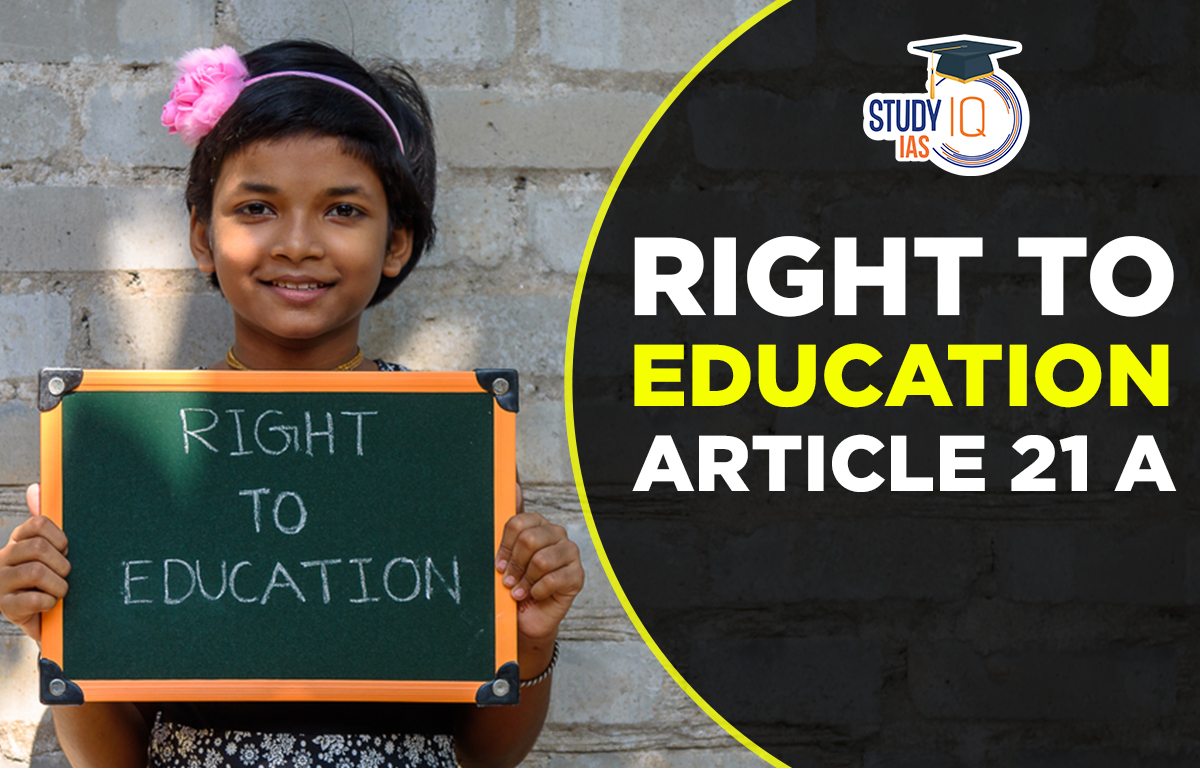
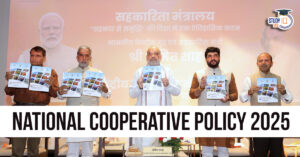 National Cooperative Policy 2025: Object...
National Cooperative Policy 2025: Object...
 Longest Serving PM of India, Jawaharlal ...
Longest Serving PM of India, Jawaharlal ...
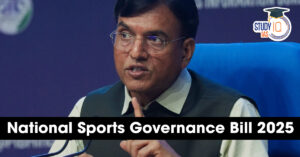 National Sports Governance Bill 2025, Ob...
National Sports Governance Bill 2025, Ob...


